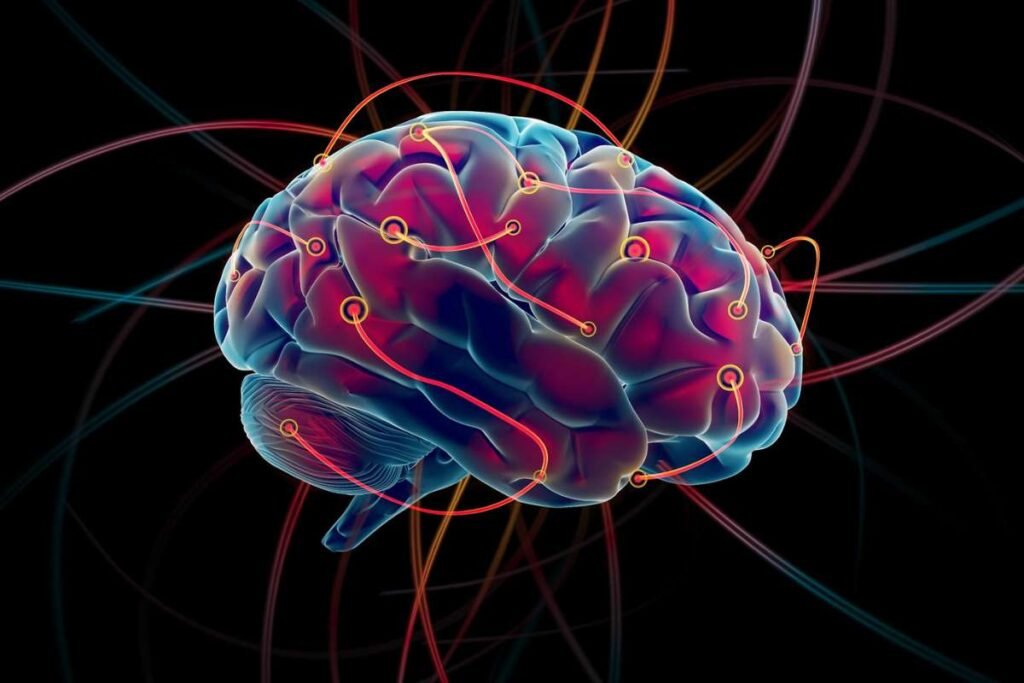In a groundbreaking study, researchers at the University of Southern California (USC) have discovered that the human brain uses a unique mechanism to switch between actions—one that is fundamentally different from simply stopping and starting again do it called as a Brain’s Unique Mechanism . This new insight into motor function reveals that switching is not a passive process but rather involves the active suppression of the current action to enable a rapid transition to a new one.
Unlike traditional psychological theories that describe action-switching as a “go, stop, go” model, the USC team found that the brain can bypass the stopping phase entirely when quick decisions are required. Instead, it directly suppresses the ongoing action and initiates a new one. This conclusion was drawn from a combination of computational modeling, behavioral testing, and clinical observations in Parkinson’s disease patients.
This research, led by Assistant Professor Vasileios Christopoulos from USC’s Alfred E. Mann Department of Biomedical Engineering, could change how scientists and clinicians understand movement and cognitive control, particularly in those affected by neurological disorders.
The Science Behind the Switching Brain’s Unique Mechanism
To reach their conclusions, the USC team employed a three-step approach. First, they developed a computational model of the brain’s decision-making process regarding motor control. This model simulated how actions are selected, stopped, or switched based on changes in the environment.
Next, human participants were asked to perform motor tasks that involved reaching for targets and then switching or stopping their movement. These behaviors were then compared to the computational predictions. The final and perhaps most critical step involved collaborating with Parkinson’s patients undergoing deep brain stimulation (DBS) procedures at Cedars-Sinai and UT Southwestern Medical Center.
Parkinson’s patients were ideal for this study because DBS targets the subthalamic nucleus (STN)—a part of the brain known as the body’s “natural braking system.” During surgery, electrodes were used to monitor brain activity in real time while patients remained awake and performed joystick-controlled motor tasks. This provided researchers with a rare opportunity to observe the brain’s motor-switching processes directly.
According to Christopoulos, this approach helped them differentiate the neural mechanisms of stopping and switching, showing that they are separate cognitive motor processes.
Future Implications for Medicine and Robotics
The implications of this research go beyond neuroscience. For the 90,000 Americans diagnosed with Parkinson’s disease each year, understanding how the brain controls movement could lead to better-targeted treatments, reduced side effects from DBS, and potentially faster recovery times. Parkinson’s patients often struggle with initiating movement and suffer from tremors and slowed responses, which are now better understood through this study.
From a technological perspective, these findings could revolutionize autonomous robotics and artificial intelligence. By replicating how the brain seamlessly switches actions, engineers may be able to design biologically inspired machines, such as advanced robotic limbs or self-driving cars, that adapt more naturally to changing environments.
Ultimately Brain’s Unique Mechanism, Christopoulos and his team are paving the way for transformative applications in both clinical neuroscience and intelligent system design, proving that uncovering the secrets of the brain’s mechanics can have far-reaching effects across disciplines.
Also Read :- Ticking DNA Clock in Brain Cells Linked to Huntington’s Disease Progression









